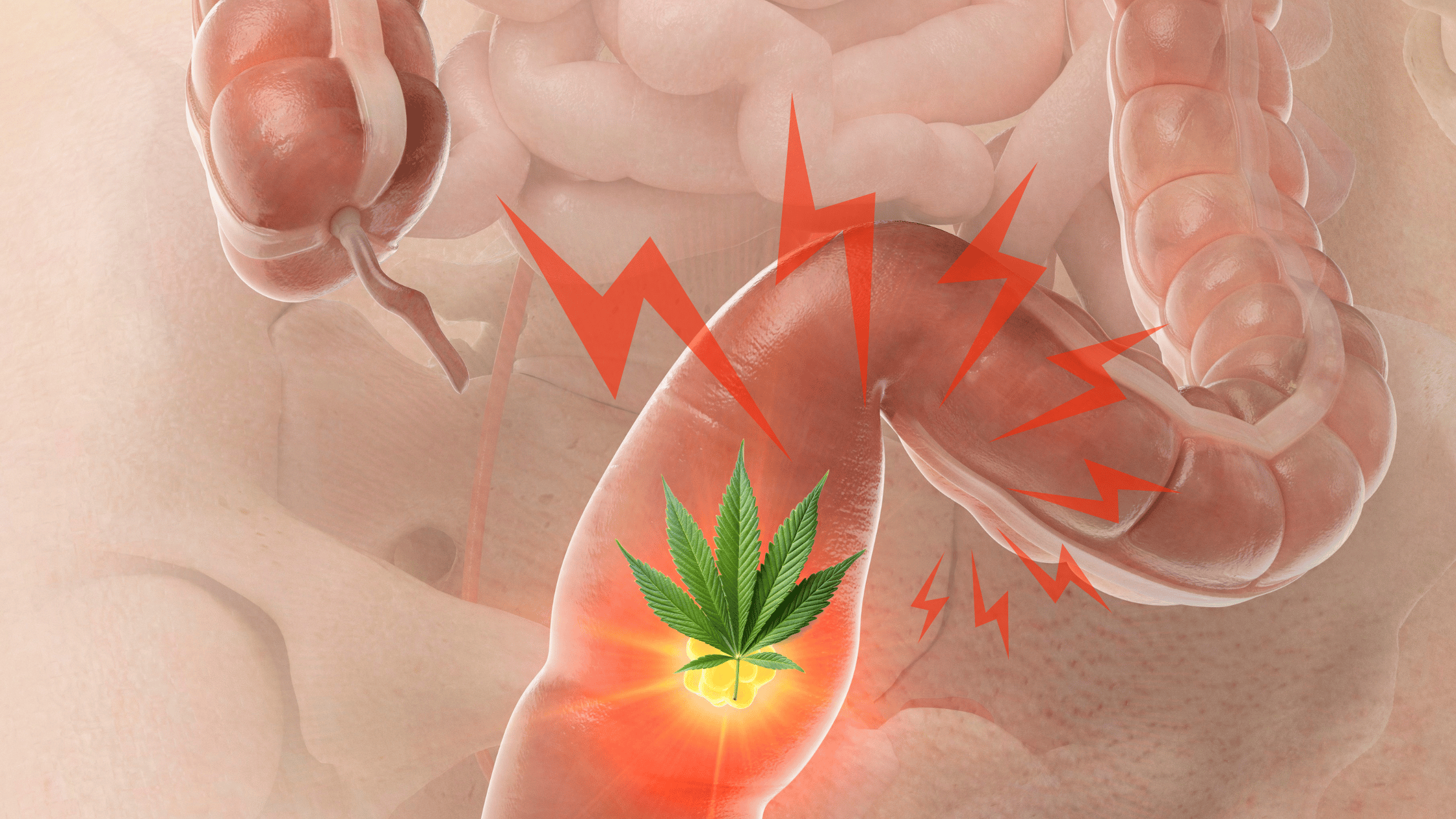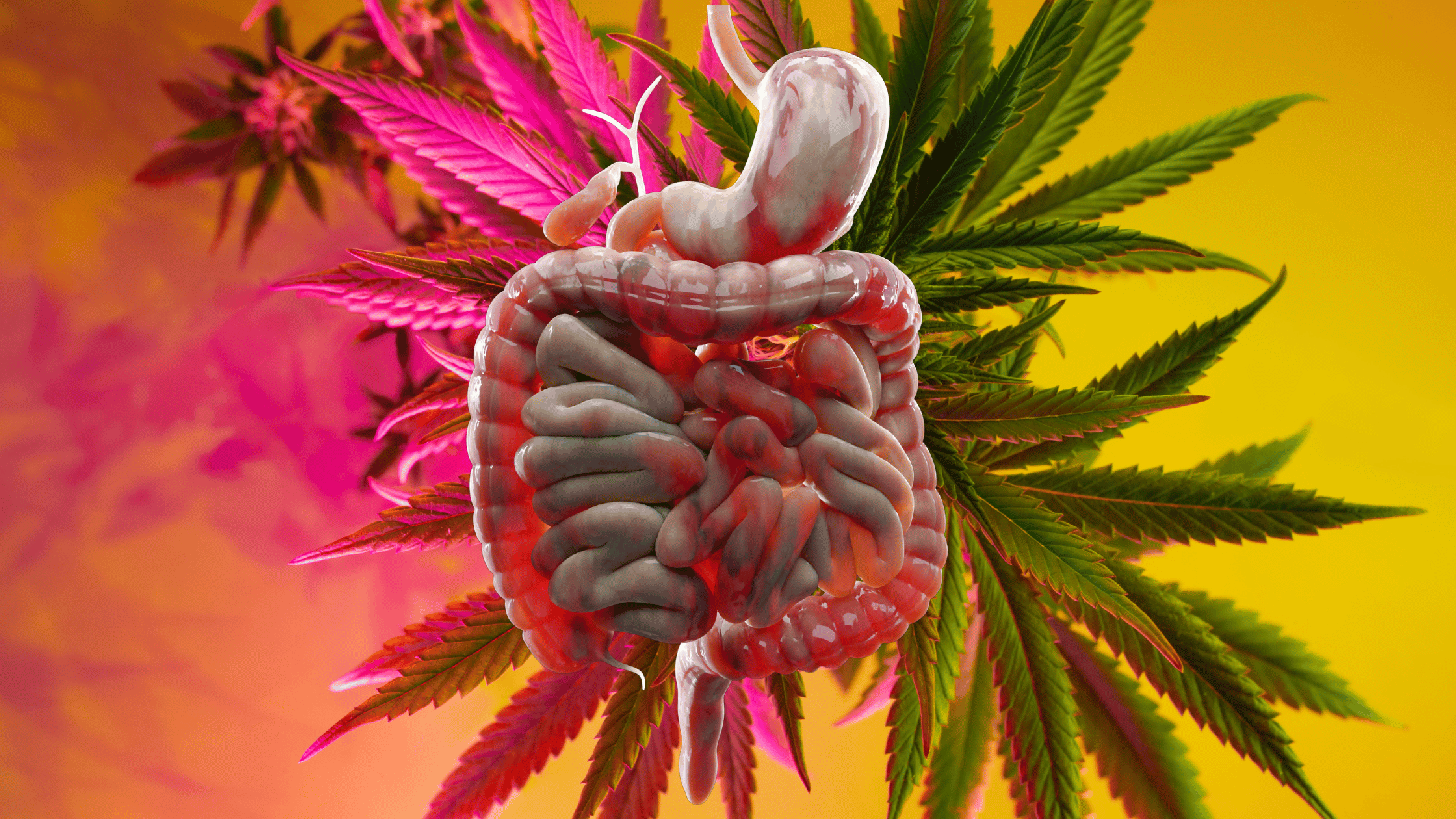Whether you’re new to cannabis or consider yourself a seasoned consumer, there’s nearly always something new to learn. Understanding the science behind cannabis can be key to achieving your desired experience, and at the very least, will make you appreciate it that much more.
Most cannabis consumers know that you can’t just pick up a fresh bud of marijuana grind it up to smoke or mix into a batch of baked goods – but do you know why? The answer lies in decarboxylation, a scientific process that’s responsible for shaping the cannabis experience as you know it.
Decarboxylation Explained
Before the process of decarboxylation, weed is considered to be in a raw state. Freshly-picked, marijuana does not induce the same experience that you’d expect; in fact, raw cannabis interacts with the body in a completely different way.
The cannabinoids present in the trichomes of raw marijuana flowers are different from the usual THC and CBD that you’re familiar with. Their chemical chain contains an extra carboxyl ring or group, which results in a complete lack of intoxicating effects. While THCA and CBDA (the cannabinoids most prevalent in raw cannabis) have their own unique properties, they don’t provide the specific experience that most cannabis consumers are looking for. In order to achieve the effects traditionally associated with cannabis, the THCA and CBDA must be “activated” by a process known as decarboxylation.
In chemistry terms, decarboxylation is the process of removing the extra carboxyl ring or group from the cannabinoids in raw cannabis, transforming them into THC and CBD.
What Causes Decarboxylation?
There are two keys to decarbed weed: heat and time.
Depending on your final goals, there are a few different ways to go about the process. Curing or drying cannabis can partially induce decarboxylation while vaporizing or smoking; it leads to an instant and complete decarboxylation.
Once the marijuana has been properly decarboxylated, THC and CBD are present and ready to play their role in the overall consumer experience.
How to Decarboxylate Cannabis at Home
Now that you understand the importance of decarboxylation, you may be wondering: “How do I decarboxylate cannabis at home?” Luckily, the process is simple enough that you can make it a regular part of your cannabis routine.
Here’s a short and sweet breakdown of how to decarboxylate your marijuana at home:
- First, begin by breaking up your dried cannabis buds into small pieces, spreading them out on a rimmed baked sheet (you can add parchment paper if you want).
- Set your oven at 230 degrees Fahrenheit.
- Bake the cannabis for about 35 minutes, stirring on it every 10 minutes so that it toasts evenly.
- At the 35-minute mark, check the color and texture of the cannabis. Ideally, it should be a light or medium brown and very dry but not burnt. If it has not yet reached that point, put it back in the oven for about 5 to 10 minutes, checking it frequently.
- Let cool.
Baking weed into your food is an easy way to enjoy the effects of marijuana while enjoying your favorite meals. Hint: You don’t have to be a brownie lover.
Learn More About How to Make the Most of Your Cannabis Experience
LifeCannMD was founded by a leading medical marijuana doctor in Miami and has been providing patients with unparalleled service, MMJ card assistance, and personalized dosing and treatment plans since 2017. Led by Dr. Fernando Sende, we’ve helped thousands of Florida MMJ patients secure their medical marijuana cards and incorporate cannabis into their regular routines. Whether you’re just beginning to consider MMJ or are searching for additional professional support, LifeCannMD is here to help.
For more information about how to get a Florida MMJ card and whether medical marijuana might be right for you, contact LifeCannMD today.


